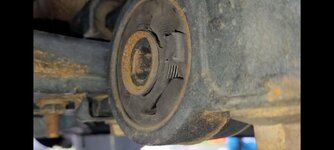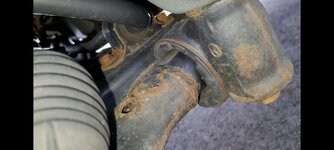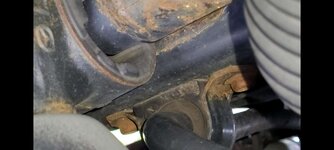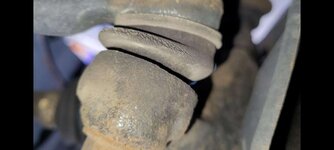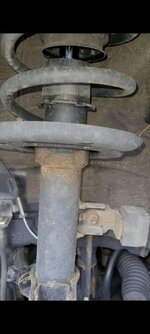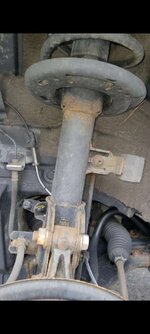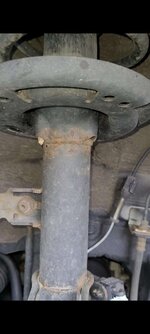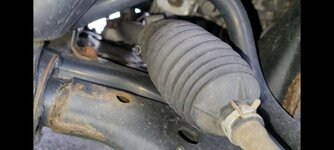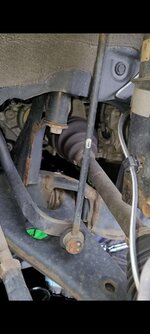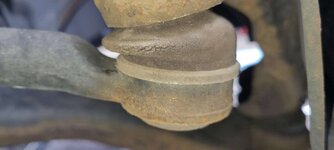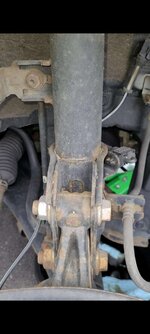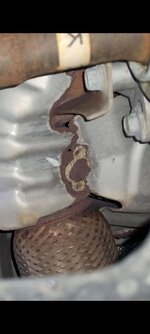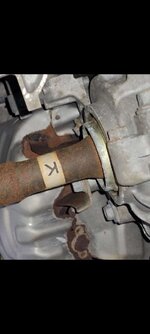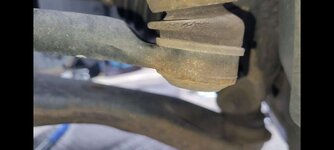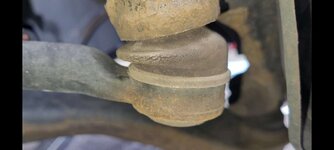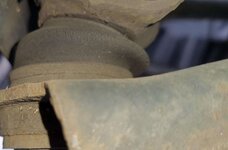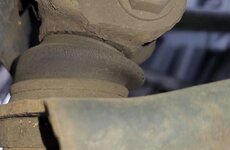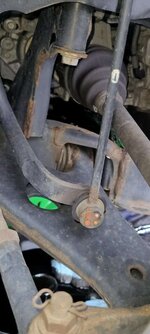Digbicks1234
16.5 CX-5 Touring/2023 CX-9 Touring
Hey guys,
I currently have about 96,100 miles on my CX-5 and I just had some questions about replacing suspension components for the front/rears:
Parts that I am planning to replace:
Stabilizer Bar Bushings:

Front Suspension Items:


Rear Suspension Items:

I currently have about 96,100 miles on my CX-5 and I just had some questions about replacing suspension components for the front/rears:
- Which parts of the front suspension need to be replaced (dust boots/struts/coil spring etc.) if I were to replace the parts only?
- Has anyone purchased separate components from the Mazda site and successfully compressed the springs themselves using one of the aftermarket compressors (https://www.amazon.com/dp/ (commissions earned)) or am I better off with just the KYB ones from Rock Auto? I am aware of the cheaper ones that require both sides to be tightened down but I probably won't get them due to safety reasons.
- Should any of the suspension components be replaced due to rust (lower/upper control arms)? It seems that there are tears starting to form on the bushings of some of the suspension components so I figure it would be good to replace them. My ride is relatively bumpy on uneven surfaces and it doesn't seem so stable on the highway with winds.
- Any other tips and tricks for removing rusty bolts and suspension components?
- Am I better off just selling/trading in the car?

Parts that I am planning to replace:
Stabilizer Bar Bushings:
Front Suspension Items:
Rear Suspension Items:
Attachments
-
 Suspension (19).jpeg70.5 KB · Views: 143
Suspension (19).jpeg70.5 KB · Views: 143 -
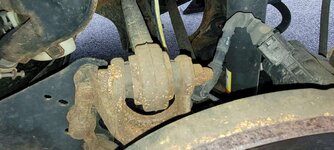 Suspension (10).jpeg89.8 KB · Views: 123
Suspension (10).jpeg89.8 KB · Views: 123 -
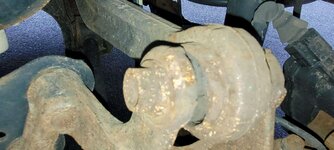 Suspension (11).jpeg71.1 KB · Views: 134
Suspension (11).jpeg71.1 KB · Views: 134 -
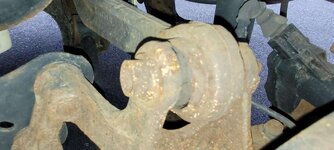 Suspension (12).jpeg70.9 KB · Views: 136
Suspension (12).jpeg70.9 KB · Views: 136 -
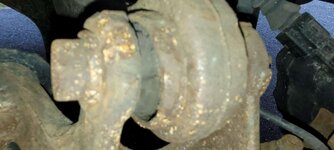 Suspension (13).jpeg49.9 KB · Views: 141
Suspension (13).jpeg49.9 KB · Views: 141 -
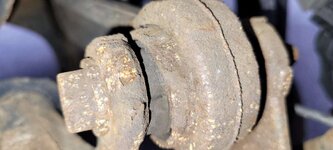 Suspension (14).jpeg65.2 KB · Views: 133
Suspension (14).jpeg65.2 KB · Views: 133 -
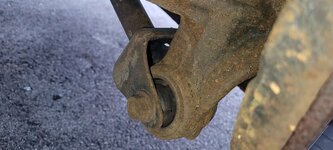 Suspension (15).jpeg74.4 KB · Views: 129
Suspension (15).jpeg74.4 KB · Views: 129 -
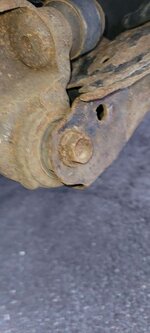 Suspension (16).jpeg53.3 KB · Views: 132
Suspension (16).jpeg53.3 KB · Views: 132 -
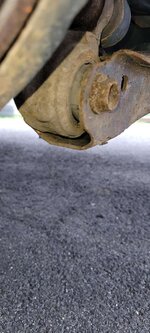 Suspension (17).jpeg78.8 KB · Views: 138
Suspension (17).jpeg78.8 KB · Views: 138 -
 Suspension (18).jpeg88.2 KB · Views: 134
Suspension (18).jpeg88.2 KB · Views: 134 -
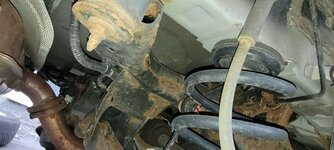 Suspension (9).jpeg83.2 KB · Views: 119
Suspension (9).jpeg83.2 KB · Views: 119 -
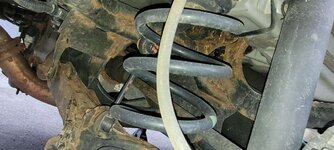 Suspension (8).jpeg93.1 KB · Views: 113
Suspension (8).jpeg93.1 KB · Views: 113 -
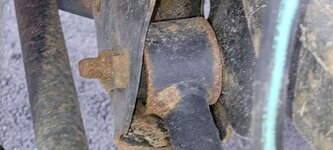 Suspension (7).jpeg69.3 KB · Views: 131
Suspension (7).jpeg69.3 KB · Views: 131 -
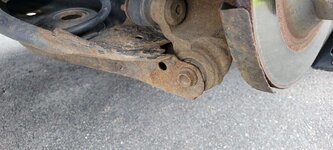 Suspension (1).jpeg87.6 KB · Views: 136
Suspension (1).jpeg87.6 KB · Views: 136 -
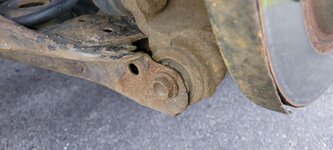 Suspension (2).jpeg57.8 KB · Views: 133
Suspension (2).jpeg57.8 KB · Views: 133 -
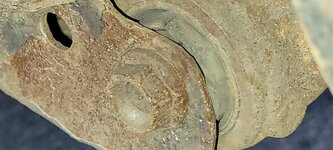 Suspension (3).jpeg87.7 KB · Views: 125
Suspension (3).jpeg87.7 KB · Views: 125 -
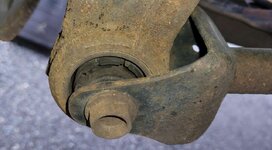 Suspension (4).jpeg72.9 KB · Views: 125
Suspension (4).jpeg72.9 KB · Views: 125 -
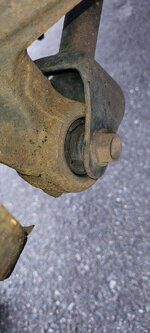 Suspension (5).jpeg74.1 KB · Views: 136
Suspension (5).jpeg74.1 KB · Views: 136 -
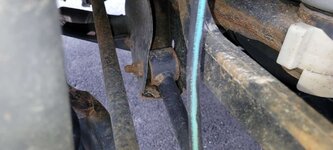 Suspension (6).jpeg63.8 KB · Views: 132
Suspension (6).jpeg63.8 KB · Views: 132

